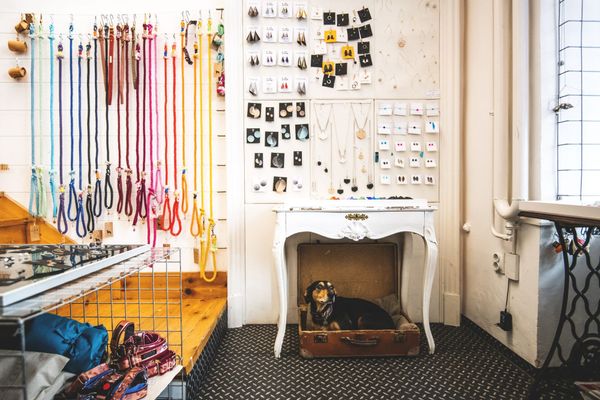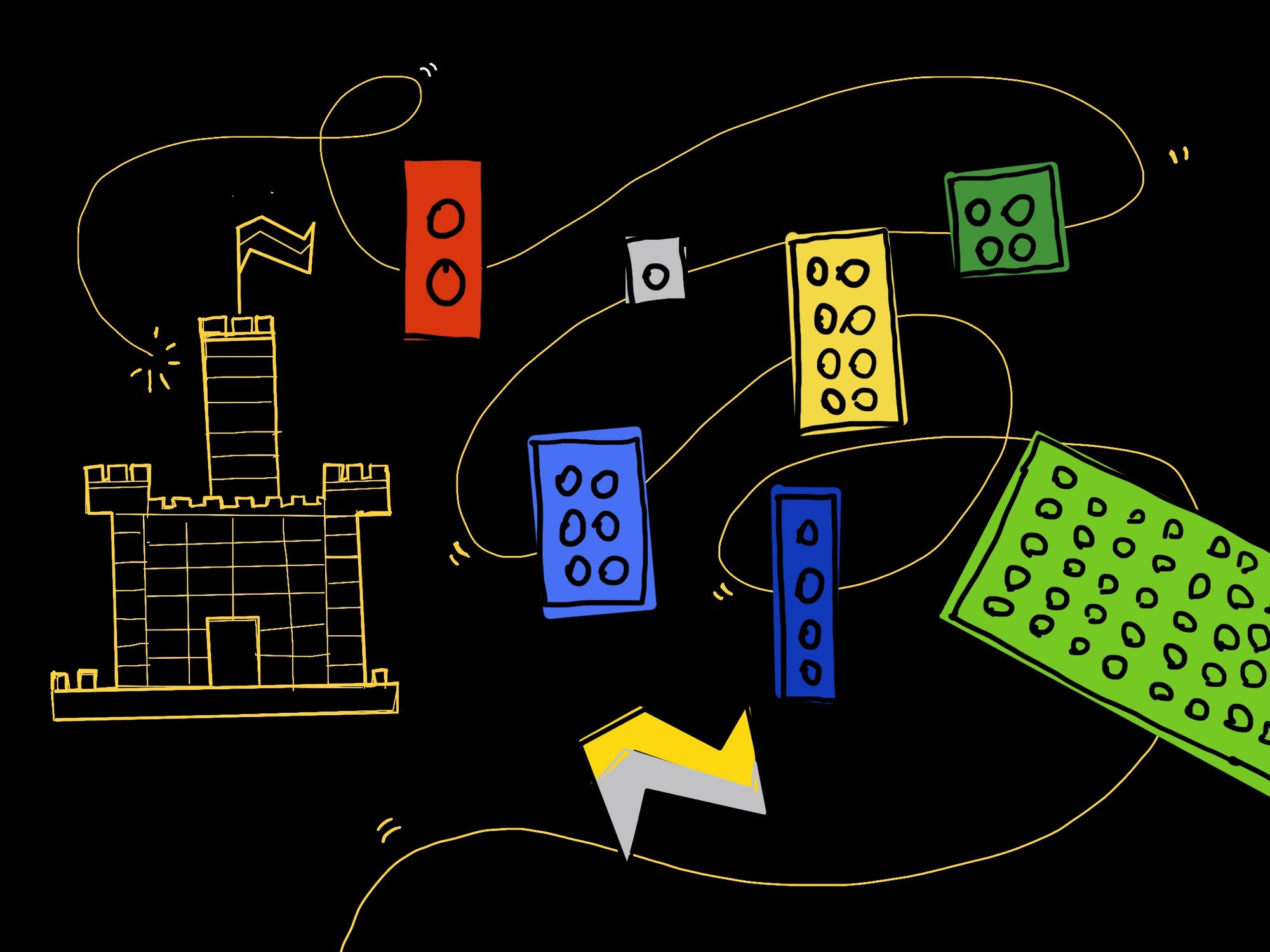This time, Frontira’s team specializing in strategic design will teach us how we should build a castle, that is, a well-operating brand with the help of design system. Get ready for the second part!
The fact that the digital transformation of companies accelerated as a result of the pandemic has become something of a commonplace today. There was no choice for enterprises: in order for them to survive the crisis, their services had to appear in the digital environment, too. However, digital transformation does not simply mean directing their sales to digital channels—the pressure caused by the epidemic is not enough for the customers to want to resolve their issues online in the long term.
So that the digital space is not only a substitute for our real world, but an authentic solution existing on its own, the process of design and implementation must meet the criteria of durability and relevance, consistency and flexibility as well as speed and high-quality.
A design system offers a solution to this problem—it gives a kind of framework to companies that facilitates structured thinking about the process and result of design planning by introducing a single source of truth.
But what is a design system exactly and why can it be of help for companies amidst these changed circumstances? Design systems work like Legos: there are different basic units and by assembling them, we get a unified structure. We build brick by brick, the units form bastions and walls, and in the end we have a whole castle.
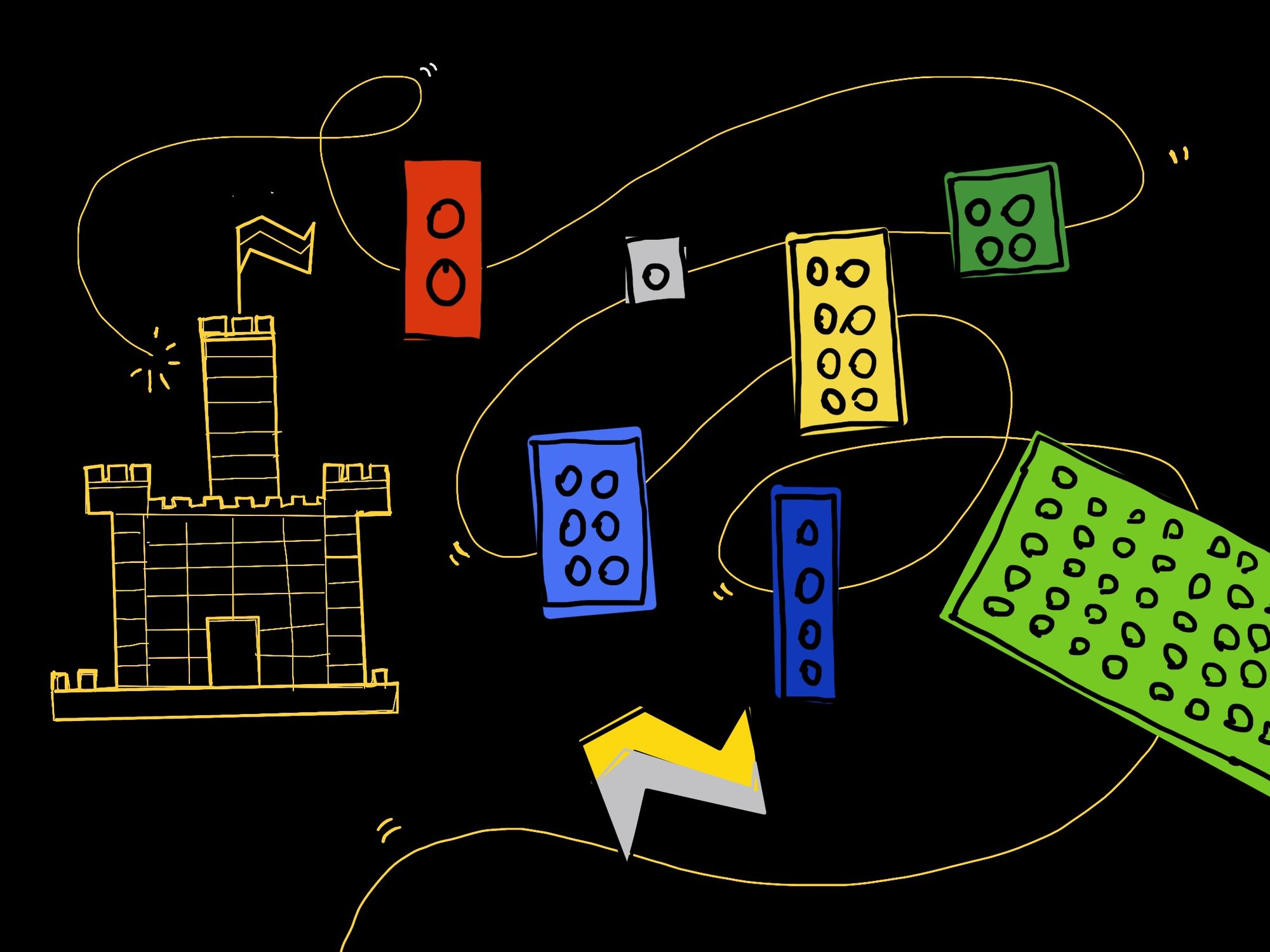
There are building blocks (components) and guidelines in design systems, too. By incorporating them, we get the website or the application. Its core principle is that these components are recurring and reusable elements that are unified on a brand level, thus facilitating product development and prototyping. One could also think of it as a uniform language that is accepted and understood by everyone and that allows us to say anything we want.
That particular common denominator
It might seem that the design system is a tool primarily designed for accelerating design tasks and facilitating development, but actually it influences the operation of a corporation on a macro level.
The different working groups approach a new product with different ideas. However, coordinated work is indispensable for smooth product development and a coherent portfolio. Let’s just think of the Lego set mentioned before: there are pre-determined shapes, colors and a limited number of building blocks in a box, but whether we build a castle or a submarine is completely up to us.
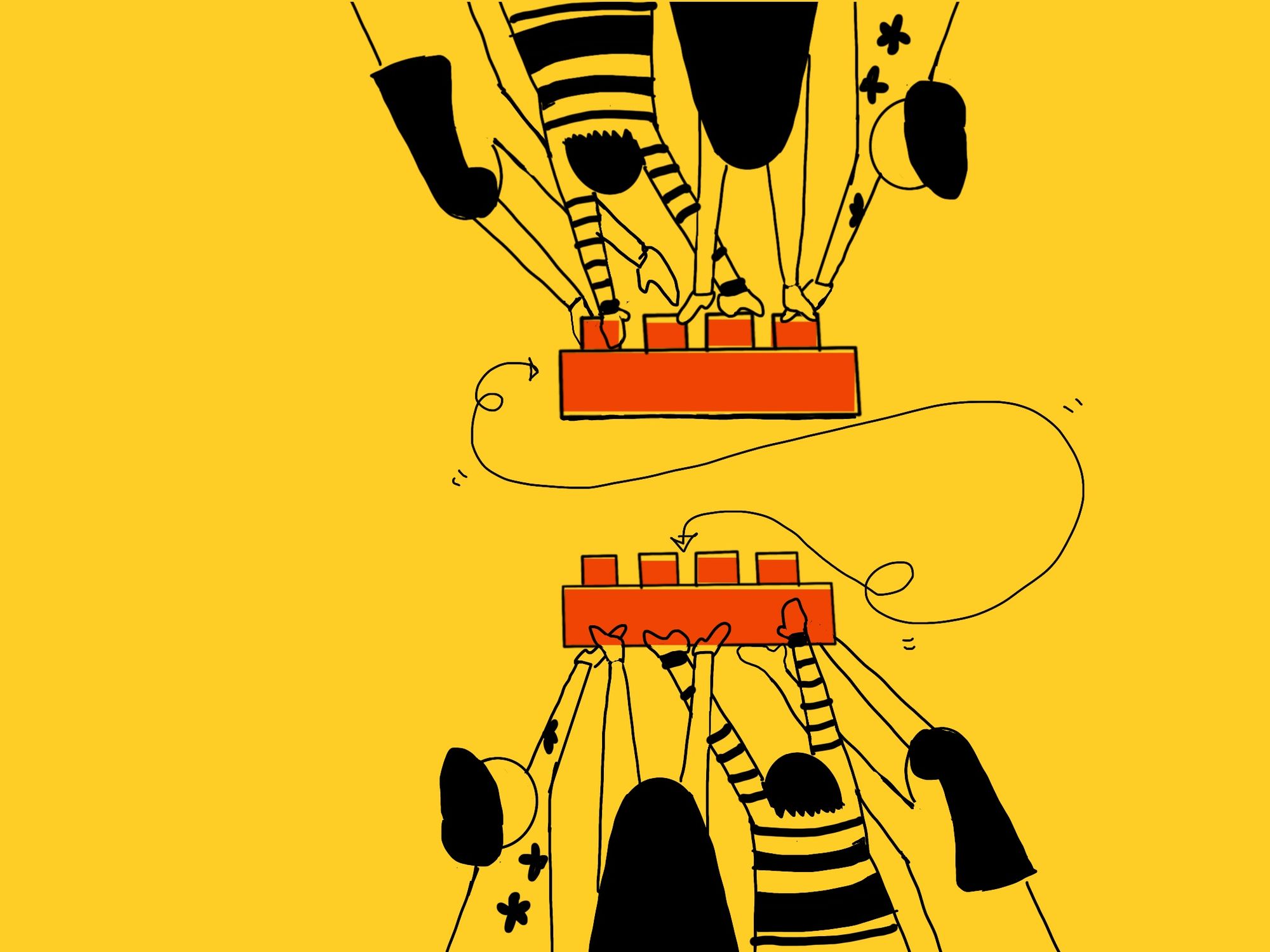
“I think for us, the design system is one part of how people feel about the brand and the product itself. The design system is really this tool that can help you tell your best story.” Kim Williams (design director, Design Platform Studio, Indeed)
It’s not what it seems to be
Creating a design system might seem like an easy task, but in reality it’s more like Pandora’s box. Its structure and complexity depend on what the brand it is made for is like. Is it development or design-focused? Does it develop a single product or multiple products?
It’s also important at whose proposal its creation starts. If the need comes from lower levels of the organization, it’s more difficult, because we must win over the stakeholders. It’s not worth jumping right at its establishment without thorough planning. But when and how should we start it?
Have you ever designed a well-operating product that looked totally different when implemented? Or has it ever happened to you that you saw something in the product that wasn’t included in the design? In these cases, you might want to consider creating a design system.
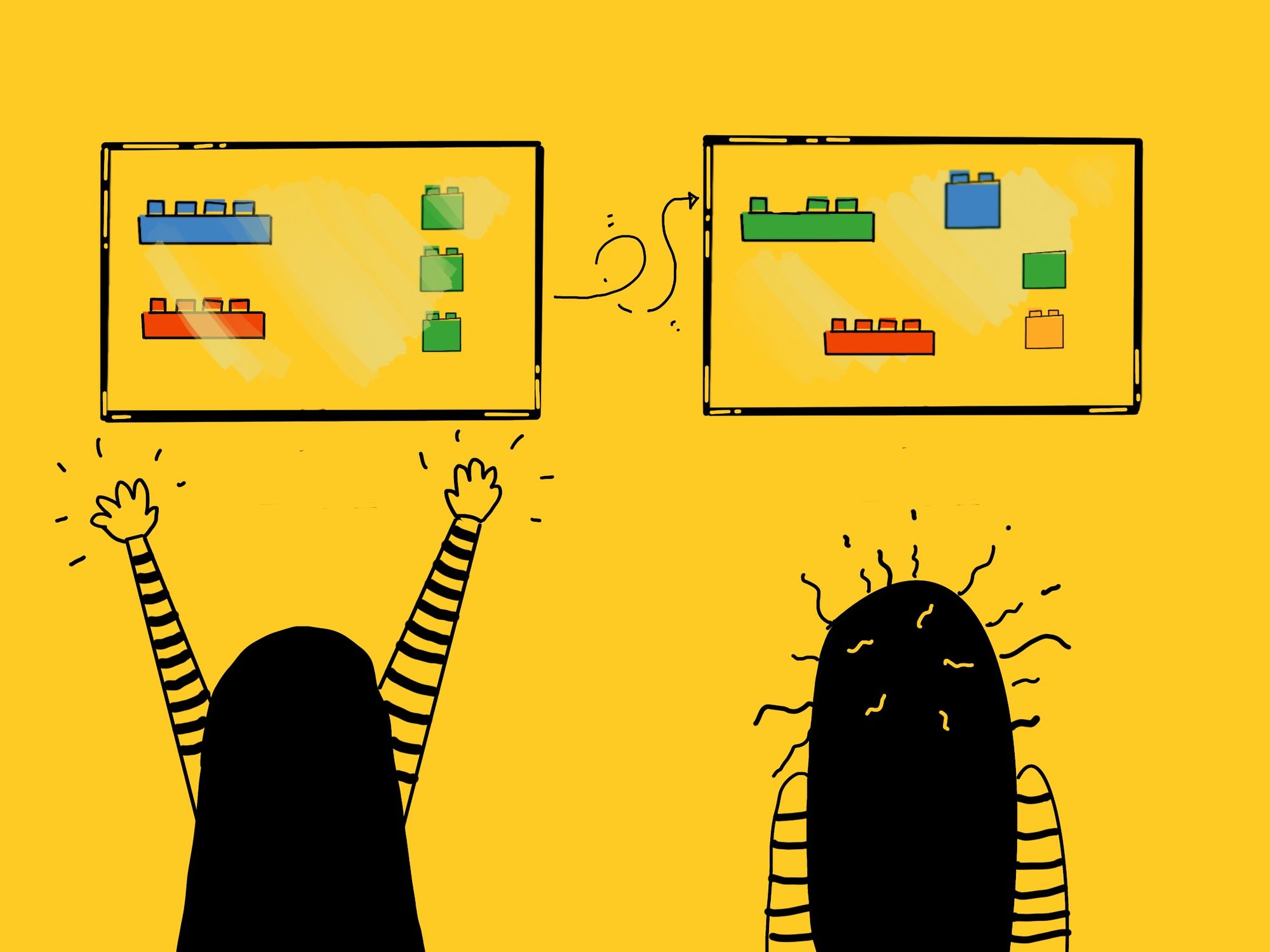
It all starts with research
Nathan Curtis, the founder of eightshapes, has transformed several research methodologies in a way that they could be used for creating a design system. How do you start? A few examples to help you get started:

- Make stakeholder and user (domain expert) interviews!
- Look for examples from the past when you felt that it would have been great to have a design system and argue!
- Create a product inventory! Look at what components the products have and in how many different ways were they made!
- Compare the product developed and the design! What are their differences? What could be the reason?
- Document everything! You’ll thank yourself later!
Less is always more
The complexity of a design system might seem scary at first, so create a strategy and plan ahead! It’s better to target an MVP at first, on which you can build later on. Don’t forget to educate the parties about how and for what they can use it! A design system is worth nothing if no one loves it and wants to use it.
Knights of the Design System Round Table
With your products, the designs system will continue to develop as well. New components will be added to it, while the old and unusable elements will fade out or improve. It’s important that there should always be a person who can review these changes and execute them. There should be one knight from each team representing their area of expertise at the table, as they might have different approaches and needs.
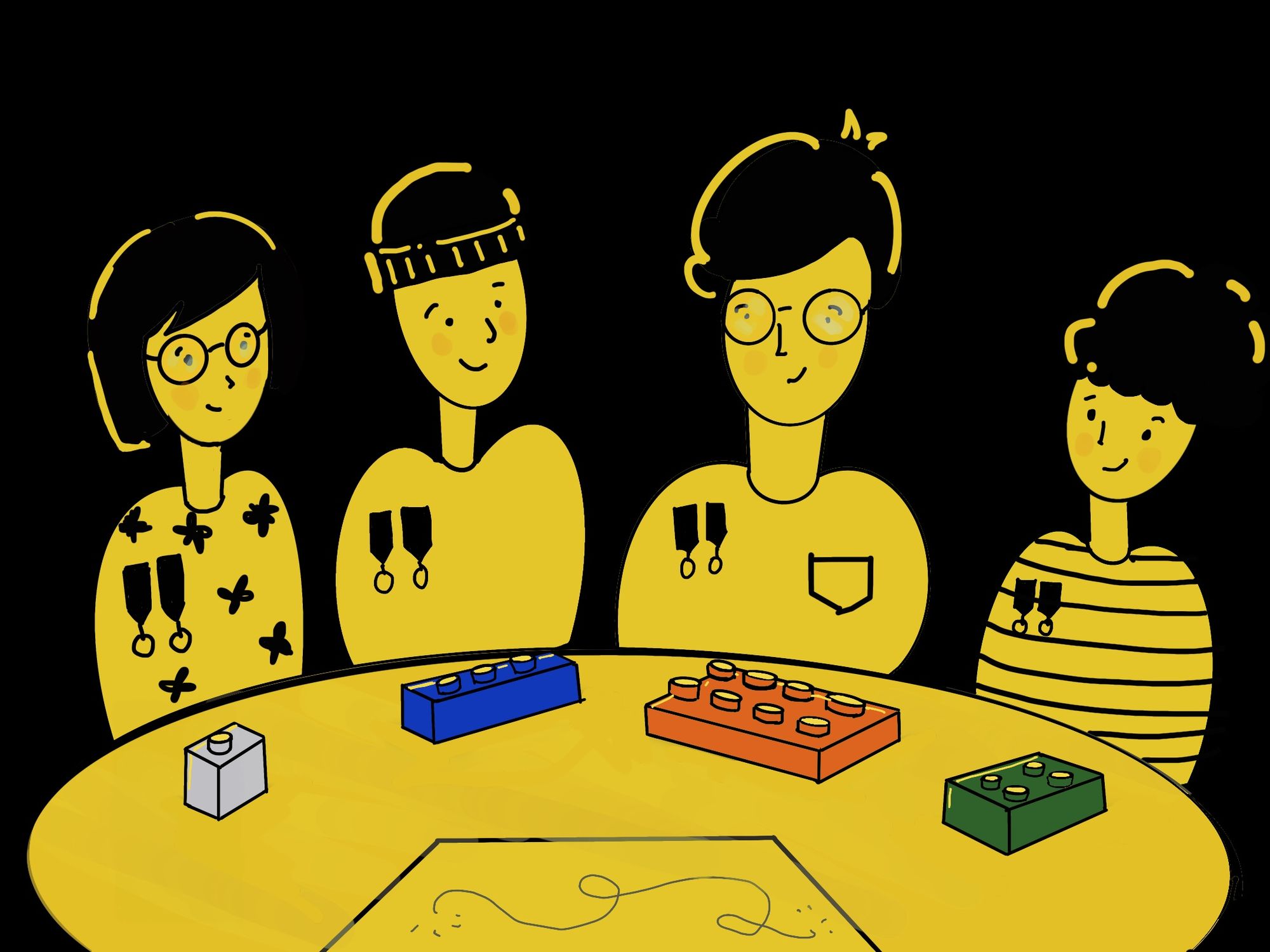
Then these few people will tell everyone what to do and how to do it?
As a matter of fact, the design system is the result of the development of digital planning. As Kim Williams put it: we must create tools and not rules. The design system is a tool for making our processes more effective and uniform, thus also improving the user experience. Yet there’s no single industrial solution for its design: everyone does it in their own way. But it might be worth to invest time into finding our own way.
Written by: Anikó Biró | Product designer | Frontira
Frontira | Web | Facebook | Instagram

In our monthly series, we explore the various fields of design with the help of Frontira to understand the role of design beyond industrial design. What role does design play in building up human behavioral patterns? How can a service be a good experience and what digital product design toolset do we need for it? Calling itself the “company of strange problems,” Frontira answers questions like this, in an exciting manner and comprehensible form.
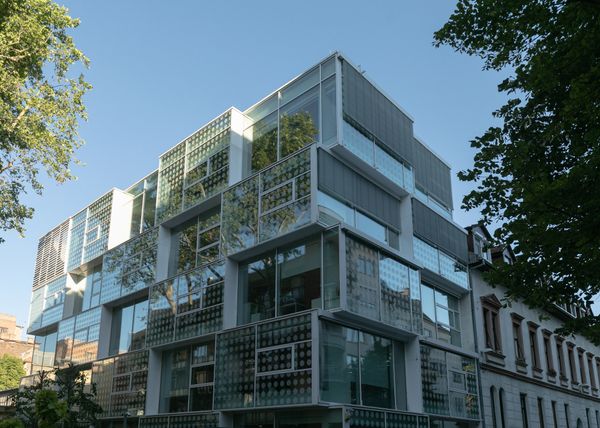
Contemporary architecture here? | A tour in Budapest’s Víziváros

Finding the balance between client and author works | interview with illustrator Simona Čechová
